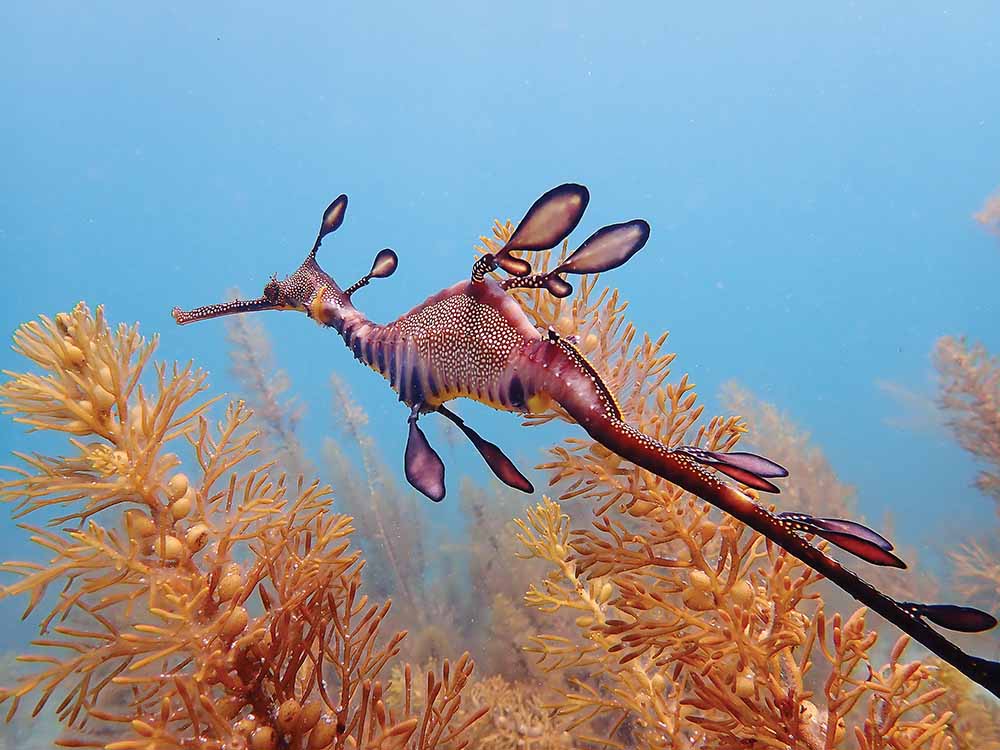
RECREATIONAL divers are being urged to join a citizen science dragon hunt.
The call to join in the research is not associated with any mythical creature, but the weedy seadragon.
Although the weedy seadragon is the state’s marine emblem, little is known about how many of them reside in Port Phillip.
“Weedy seadragon numbers in some locations in Australia have declined, however the population in our own backyard, Port Phillip Bay, has rarely been studied and we do not know if they are suffering the same fate” Victorian National Parks Association (VNPA) ReefWatch coordinator Kade Mills said.
“The first step in protecting this iconic and unique species, one of only three species of seadragon on the planet, is to determine how many there are.
Ms Mills said divers were being asked to send in images of any weedy seadragons they spot “so we can get an idea of the size of the population”.
The Dragon Quest citizen science project launched by the VNPA’s Reefwatch program and supported by dive operators.
More than 50 divers and snorkelers have submitted more than 3000 images.
University of Technology Sydney Professor of Marine Ecology David Booth, who has been studying of weedy seadragons for 15 years, says they are “unique to southern Australia and of worldwide interest, yet we know precious little about them”.
Images submitted by the public are processed using pattern software to recognise the unique markings on the side of each seadragon, like a fingerprint. This means individual weedy seadragons can be identified without the use of tags or physical interference.
A seadragon named Elena M (after the diver who took the image) was found to have moved more than four kilometres from Portsea pier to the Sorrento ferry wharf in less than five months.
“This may be the first recorded evidence of a seadragon moving this far,” Ms Mills said.
“They have generally been found to stay within a couple of hundred meters of the location where they are first sighted and are very slow movers.”
Details: vnpa.org.au/programs/dragon-quest.
First published in the Southern Peninsula News – 1 October 2019



